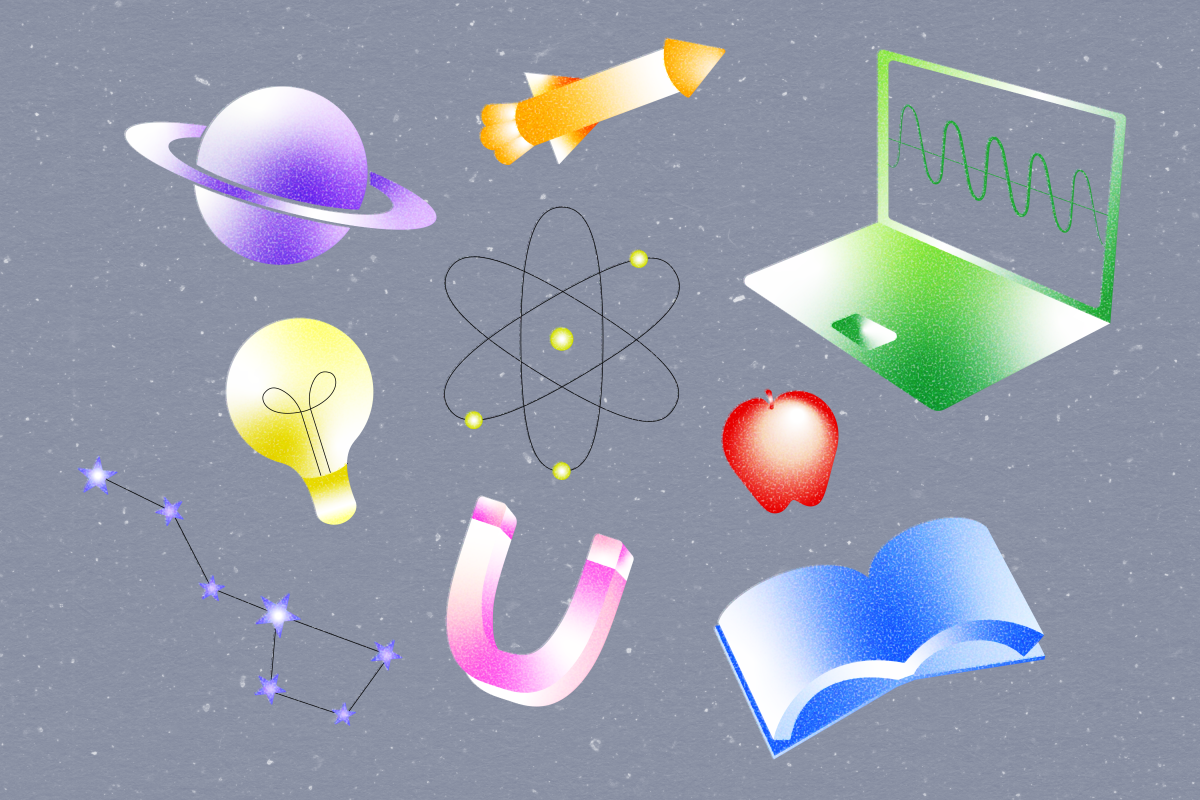Sergei Gleyzer, associate professor in the Department of Physics and Astronomy at The University of Alabama since 2019, was recently named an American Physical Society Fellow. This award recognizes “excellence in physics and exceptional service to the physics community,” according to the American Physical Society website.
Gleyzer uses machine learning to probe the deepest levels of the universe. He works to develop more effective machine learning models to streamline the experiments done at the European Organization for Nuclear Research in Switzerland, also known as CERN, and the Fermi National Accelerator Laboratory in Illinois, two premier physics institutions where he also has positions. Both of these laboratories are hubs of international collaboration and focus on using large particle accelerators to analyze how particles act in different environments.
These experiments aim to explain how specific particles interact in order to understand why the universe looks the way it does today.
“There’s a whole zoo of particles,” Gleyzer said. “For us to be able to understand our universe the way it is today and how it arrived there, particle physics is the most fundamental thing.”
James Nguyen, an undergraduate researcher in Gleyzer’s lab, said that CERN’s work is “pushing the frontiers of physics to explore and discover the bigger questions and the building blocks of the universe.”
Gleyzer’s lab is trying to improve models that can classify the type of particle detected in the Compact Muon Solenoid detector at CERN. Even though the Standard Model of particle physics predicts the behavior of most particles in the universe very precisely, there are plenty of large questions that are still unanswered.
“We can predict some things and measure them experimentally to a very, very high precision, but there are big things that still don’t fit in,” Gleyzer said.
The composition of dark matter and dark energy, which are hypothetical and invisible forms of mass and energy that make up almost 95% of the universe, is one of these “big things” that aren’t explained by the current theory. Researchers hope that with more experiments and a deeper understanding of these experiments, they might discover what governs these mysterious phenomena.
Gleyzer said that though we don’t see particles with the naked eye, they affect people’s daily lives. He gave the electron as an example. It is a fundamental particle that drives the modern world, lighting up houses and making things like smartphones possible.
Gleyzer also works on developing new machine learning models and techniques. This past year, the group developed Lensformer, a new machine learning model that incorporates established mathematical laws to improve performance.
The group can tailor the architecture of its models to whatever physics problem is at hand. For two years, this model has outperformed traditional competitors.
“I’m really interested in using what we know about physics problems and systems to build better models for particular tasks,” said Eric Reinhardt, a graduate student in the lab.
These and more novel machine learning techniques can act as tools to help researchers explore their fields. Since machine learning models tend to be much less computationally expensive than direct calculations, these models are much more cost-effective and less time-consuming than traditional methods.
Such techniques have applications in any fields that involve intense computing and/or simulating, like climate science and biology.
Gleyzer’s work can drive the realm of computing forward, while also improving researchers’ understanding of the most fundamental particles in our universe.
“Without understanding the little things, we have no hope of understanding the big things,” Gleyzer said.









